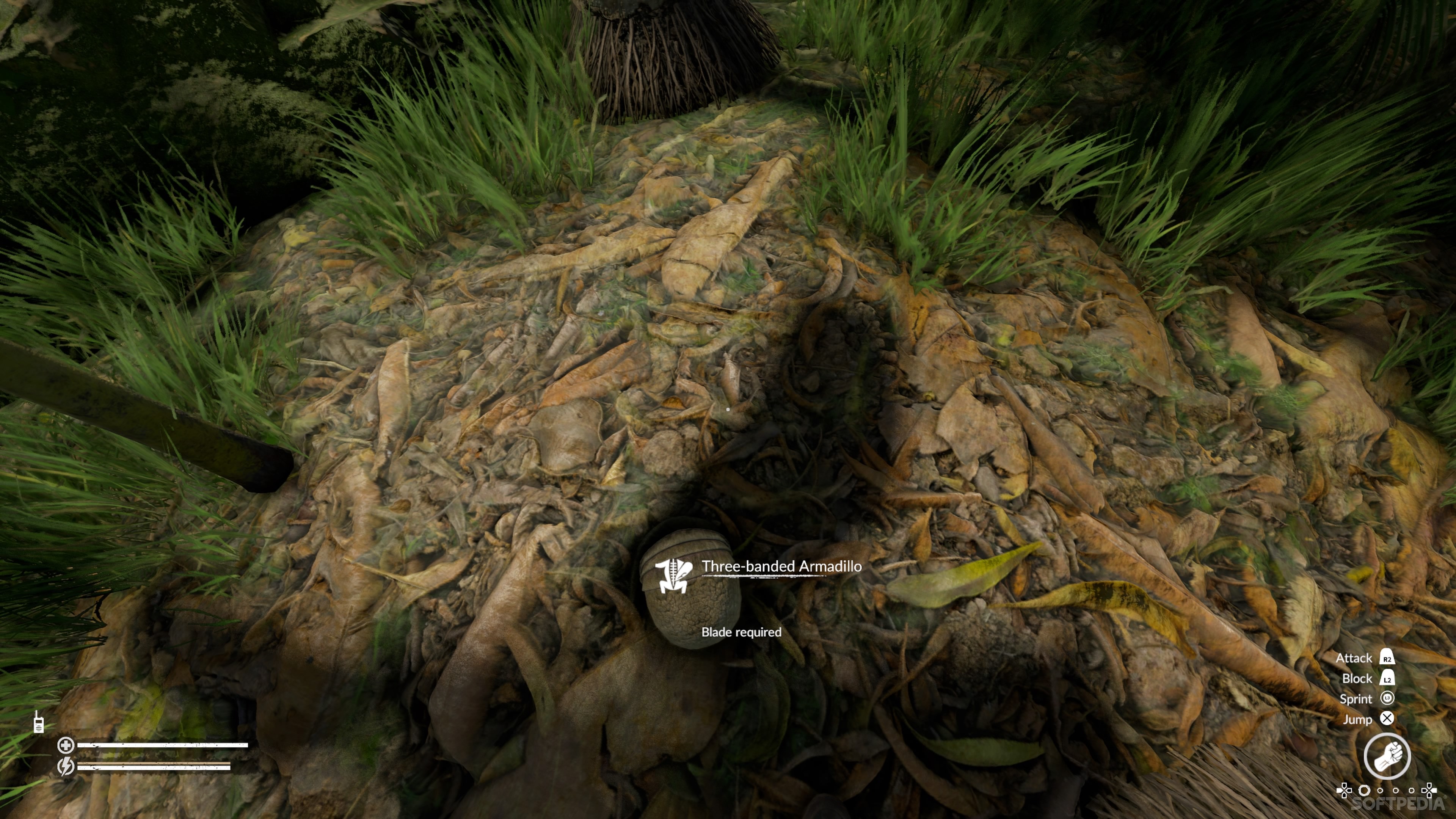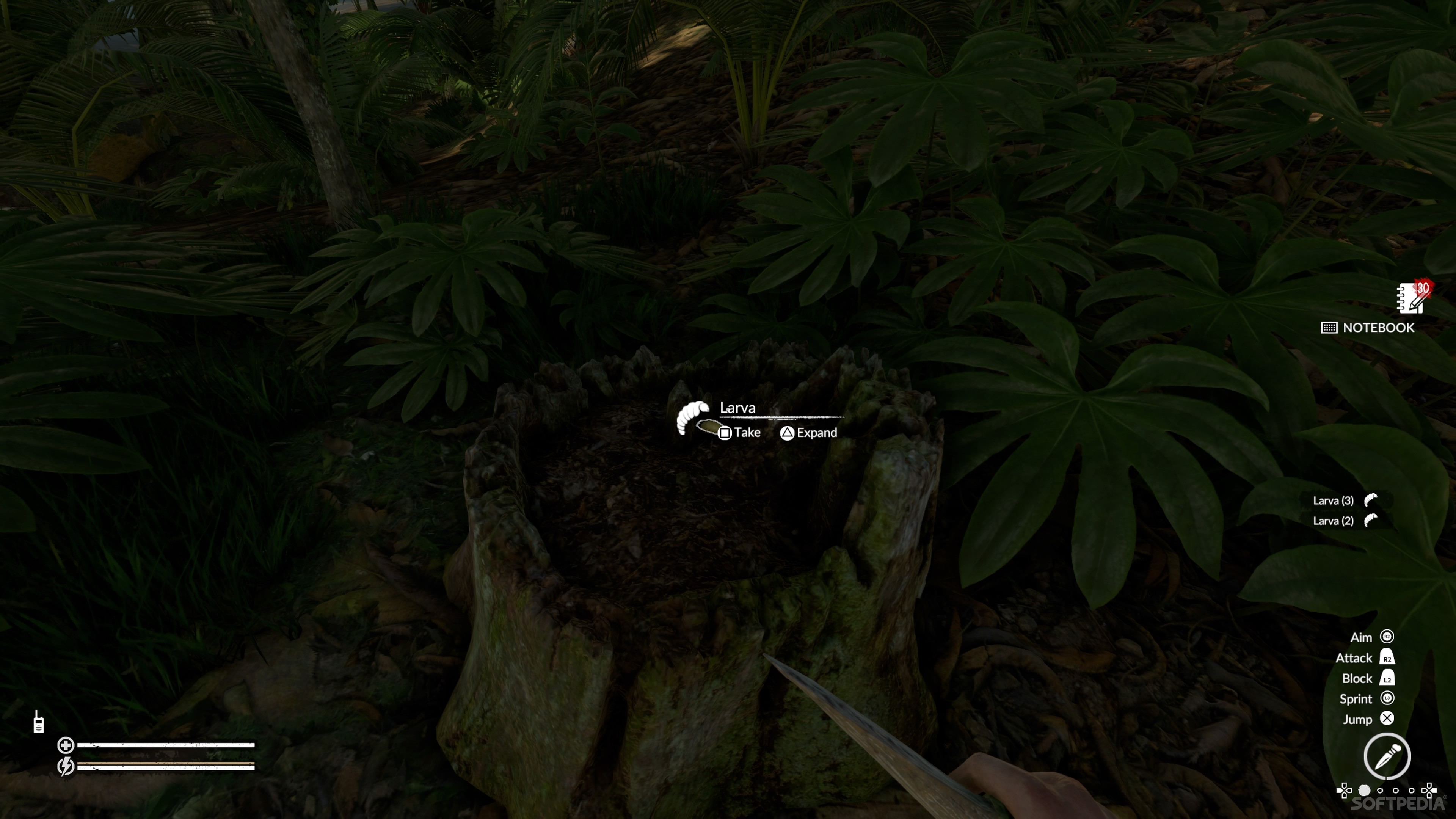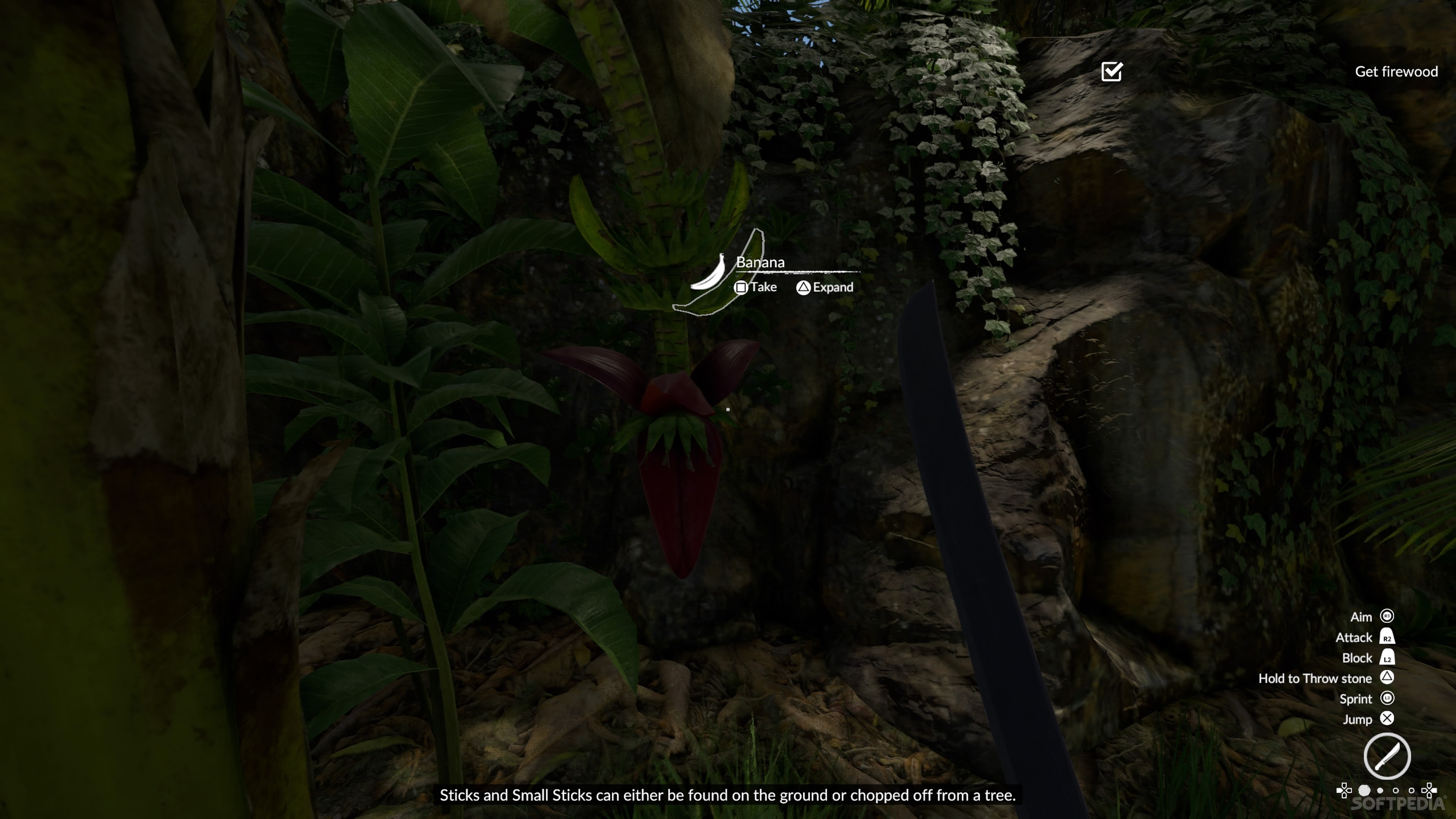
For comparison, the final boss on my first succesful run didn’t have much in the way of special attacks, but had a passive that increased the cost of all cards by one action point. Like, really tough if you aren’t prepared. Once you’ve finished exploring to your satisfaction, or run out of ink, you can head off to the chapter boss. You can purchase a few relics at the shop, but can also be found in events, chapter bosses, etc. Relics tend to be a little rarer, but can give some really nice effects.

The relics are sort of “permanent modifiers” that can either be a party wide effect, or attached to a specific character. Gem can either be purchased from the shop, gathered from certain map icons, or won from events and chapter bosses. For example, a gem may increase a cards damage by a set amount, or put an identical card in your hand after use with no gem. Each card has a number of slots, and you can slot a gem in there to give the effect associated. Gems are similar to modifiers that you can attach to your cards. You can then take that gold down to the store to purchase more cards, relics, or gems to help you out. You’ll be wanting to make the best of your cards to defeat your enemies and earn some gold and ink or brushes from the fighting. The heroes can be switched by using certain cards related to the hero in back, or cards with certain effects for the hero in front. Generally speaking, the hero in front will be the one taking damage and protecting the hero in the back. Cards for both “heroes” you selected at the beginning are all shuffled together, and both heroes are on the battlefield. Each card has its own effect and action value, and you will probably find yourself alternating between defensive and offensive moves.

You have a set amount of action points per turn, with which you can attack, block to increase a guard rating, etc. Combat is performed through selecting cards dealt out from a shuffled deck.
Starting a fight you’ll see where the Magic the Gathering influence is strong. In order to acquire more ink and brushes to explore more of the map, you need to earn them out of fights. Panels are revealed based on the type of ink or brush used, and can either reveal an area around your character, or a set number of tiles in a straight line, for example. These new panels can also have treasures, events, and pages on them, helping you throughout your journey. But to uncover more of the map, you need to use ink and brushes to reveal more of the hex panels. You can walk around the “world map” interacting with events, picking up healing units, opening vaults for cards, and getting into battles. So grab two characters (only two characters are available to start) and head into the Rogue book to start fighting your way out. You’ll also have a helpful NPC inform you that there is a gate that must be opened ny two, and only two, people. Upon starting your first run of the Roguebook, you’ll probably notice real fast that you are on a hex grid with some…ok, a LOT of missing segments. Roguebook is an interesting title, as it feels like a weird amalgamation of traditional deckbuilder, Magic the Gathering, and boardgames like Settlers of Catan. Can you best your foes and reach the end of the ever changing story that is the Roguebook?

Four of you were dragged into the book, but only two are allowed to explore its pages. A magic book that has sucked you into the depths of its pages and refuses to let go. Welcome to the world of Faeria, where all the worlds legends are stored in a book. Will you succeed in your quest to escape the confines of the Roguebook? Or will you be fated to forever wander its pages forever? My awesome poetry aside, today we’re taking a look at another roguelike: Roguebook. What does RNGesus have in store? Perhaps this roguelike will rely on luck more. Here we are once more, prepared to get beaten into the floor.
#Roguebook save location Pc#
Roguebook by developer Abrakam Entertainment and publisher Nacon- PC review written by Richard with a copy provided by the publisher.


 0 kommentar(er)
0 kommentar(er)
